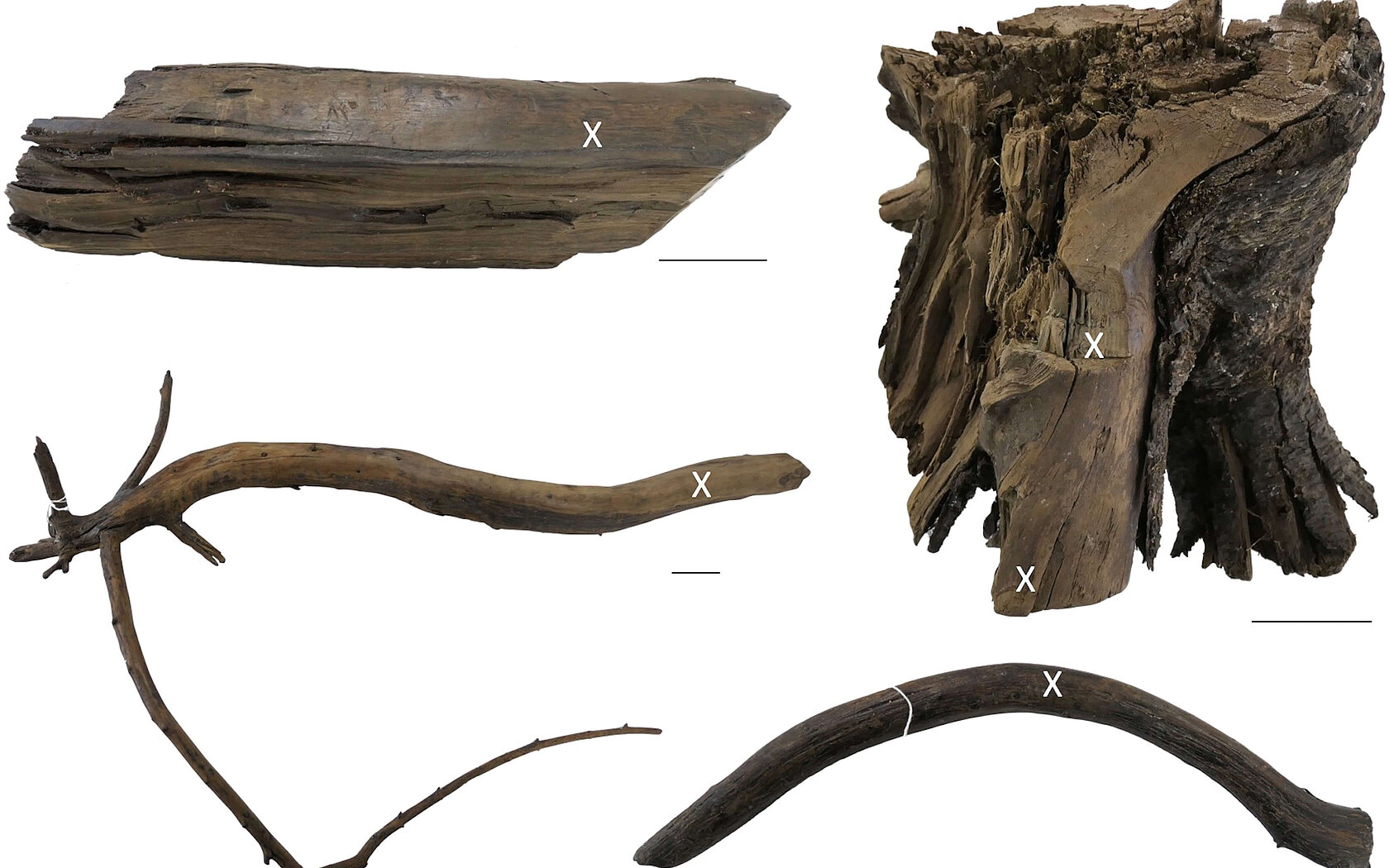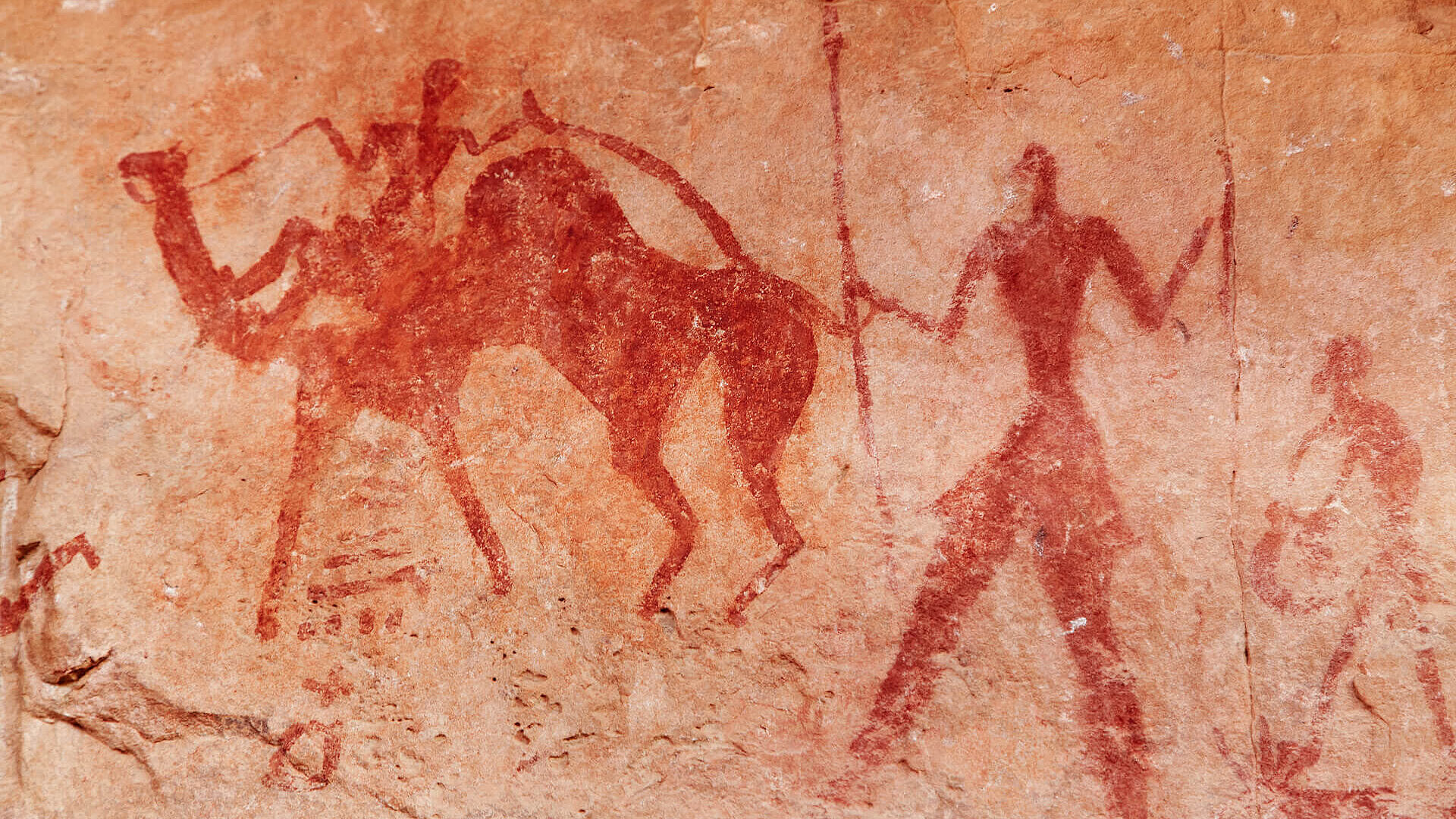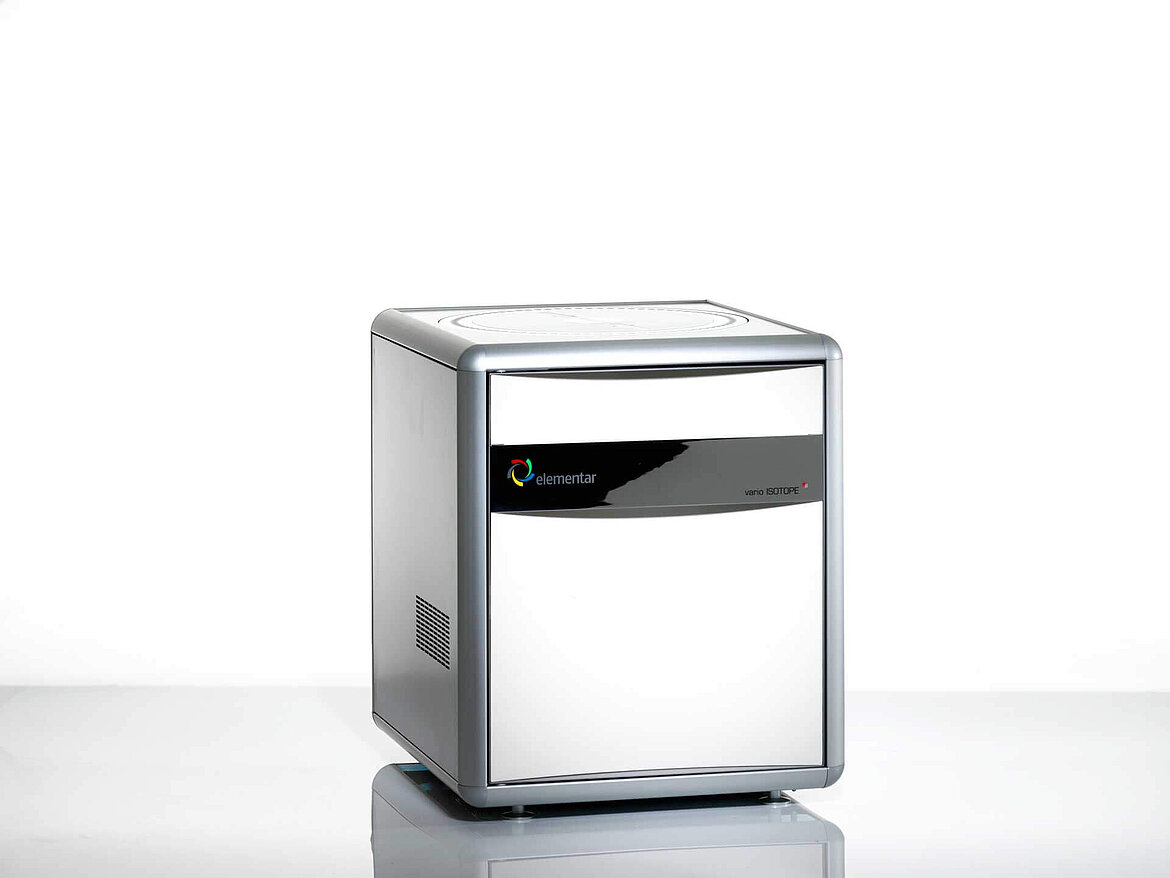Evidence for European presence in the Americas in AD 1021
Margot Kuitems, Birgitta L. Wallace, Charles Lindsay, Andrea Scifo, Petra Doeve, Kevin Jenkins, Susanne Lindauer, Pınar Erdil, Paul M. Ledger, Véronique Forbes, Caroline Vermeeren, Ronny Friedrich & Michael W. Dee
Centre for Isotope Research, University of Groningen, Groningen, the Netherlands.
Parks Canada Agency, Government of Canada, Dartmouth, Nova Scotia, Canada.
Laboratory for Dendrochronology at BAAC, ’s-Hertogenbosch, the Netherlands.
Cultural Heritage Agency of The Netherlands, Amersfoort, the Netherlands.
Curt-Engelhorn-Center Archaeometry,Mannheim, Germany.
Department of Archaeology, Queens College, Memorial University of Newfoundland, St Johns, Newfoundland, Canada.
Department of Geography, Memorial Universityof Newfoundland, St Johns, Newfoundland, Canada.
BIAX Consult, Zaandam, the Netherlands
Evidence of early European presence in the Americas can be found in Canada, however, it has not been possible so far to determine precisely when this activity took place. This study provided evidence that the Vikings were present in Newfoundland, Canada, in AD 1021. The imprecision of previous age estimates was overcome by making use of the cosmic-ray-induced upsurge in atmospheric radiocarbon concentrations in AD 993. Exact-year results can be achieved by high-precision accelerator mass spectrometry (AMS) in combination with distinct features in the atmospheric 14C record.
The samples consisted of 83 individual tree rings from a total of 4 wooden items. After cellulose pre-treatment using series of strong solutions of acid–base–acid and an oxidant, the samples were analyzed using an elemental analyzer (vario ISOTOPE cube) coupled up to an isotope ratio mass spectrometer (Isoprime 100) for determination of the stable isotope ratios of C and N. Part of the CO2 produced is cryogenically trapped into Pyrex rigs and reduced to graphite which is subsequently pressed into Al(s) cathodes for measurement by AMS (MICADAS, Ionplus). The vario ISOTOPE cube can determine even the most challenging C:N elemental ratios of up to 7,000:1 and delivers excellent peak shapes and full peak separation in simultaneous NCS analysis mode in less than nine minutes thanks to the Advanced Purge and Trap (APT) technology.
The two combined analyses allowed to determine the exact cutting year of each piece of wood analyzed, providing the first known point at which humans encircled the globe. Moreover, this study gives a definitive tie point for future research into the initial consequences of transatlantic activity, such as the transference of knowledge, potential exchange of genetic information, biota and pathologies.
Please find the full paper here: https://doi.org/10.1038/s41586-021-03972-8


